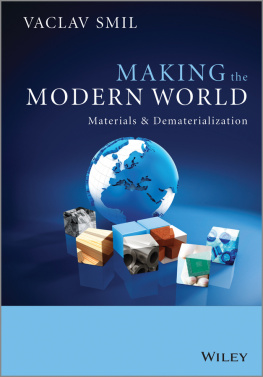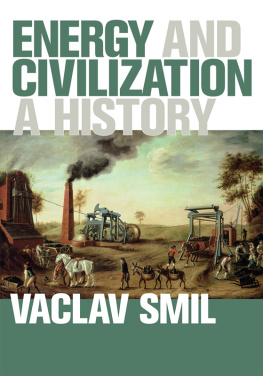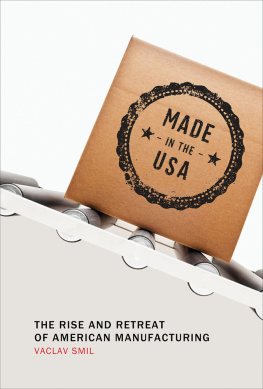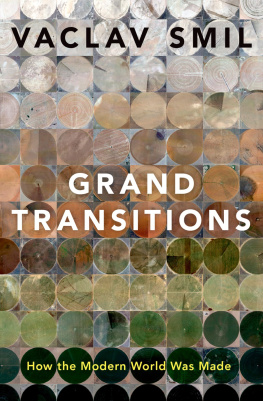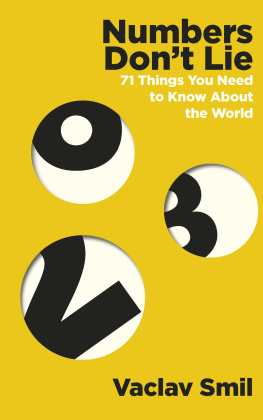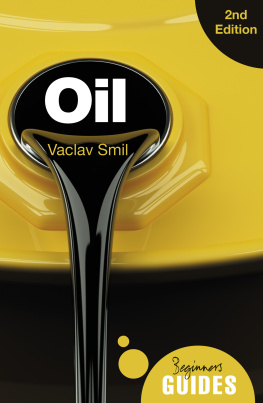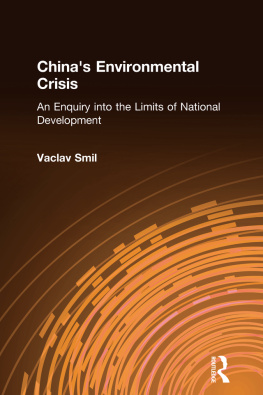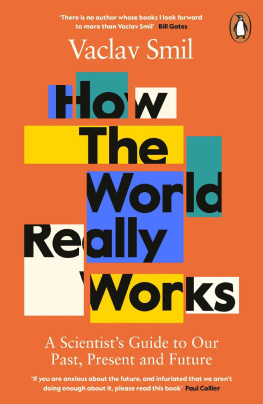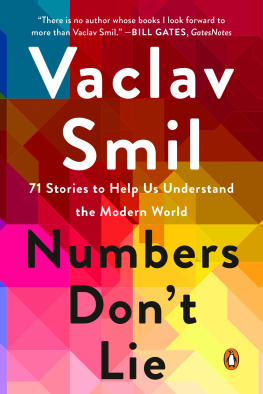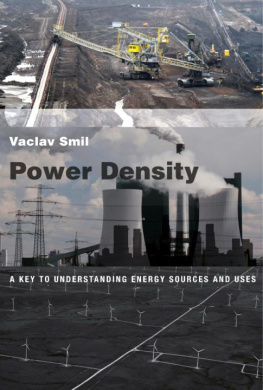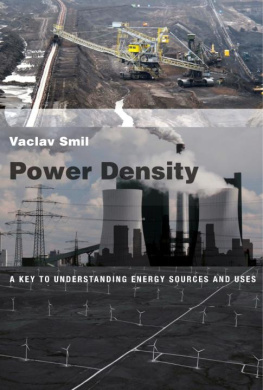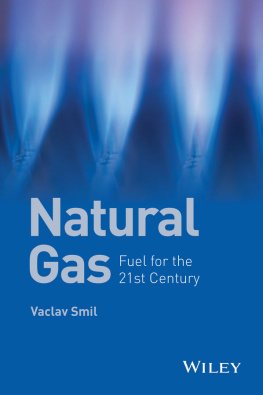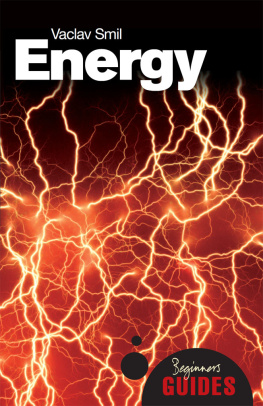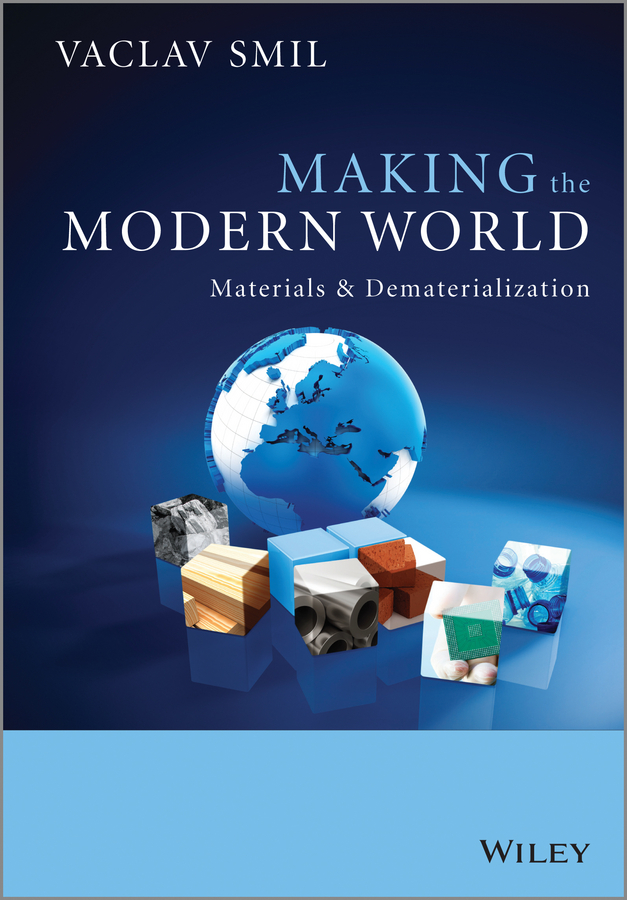This edition first published 2014
2014 John Wiley & Sons, Ltd
Registered office
John Wiley & Sons Ltd, The Atrium, Southern Gate, Chichester, West Sussex, PO19 8SQ, United Kingdom
For details of our global editorial offices, for customer services and for information about how to apply for permission to reuse the copyright material in this book please see our website at www.wiley.com .
The right of the author to be identified as the author of this work has been asserted in accordance with the Copyright, Designs and Patents Act 1988.
All rights reserved. No part of this publication may be reproduced, stored in a retrieval system, or transmitted, in any form or by any means, electronic, mechanical, photocopying, recording or otherwise, except as permitted by the UK Copyright, Designs and Patents Act 1988, without the prior permission of the publisher.
Wiley also publishes its books in a variety of electronic formats. Some content that appears in print may not be available in electronic books.
Designations used by companies to distinguish their products are often claimed as trademarks. All brand names and product names used in this book are trade names, service marks, trademarks or registered trademarks of their respective owners. The publisher is not associated with any product or vendor mentioned in this book.
Limit of Liability/Disclaimer of Warranty: While the publisher and author have used their best efforts in preparing this book, they make no representations or warranties with respect to the accuracy or completeness of the contents of this book and specifically disclaim any implied warranties of merchantability or fitness for a particular purpose. It is sold on the understanding that the publisher is not engaged in rendering professional services and neither the publisher nor the author shall be liable for damages arising herefrom. If professional advice or other expert assistance is required, the services of a competent professional should be sought.
The advice and strategies contained herein may not be suitable for every situation. In view of ongoing research, equipment modifications, changes in governmental regulations, and the constant flow of information relating to the use of experimental reagents, equipment, and devices, the reader is urged to review and evaluate the information provided in the package insert or instructions for each chemical, piece of equipment, reagent, or device for, among other things, any changes in the instructions or indication of usage and for added warnings and precautions. The fact that an organization or Website is referred to in this work as a citation and/or a potential source of further information does not mean that the author or the publisher endorses the information the organization or Website may provide or recommendations it may make. Further, readers should be aware that Internet Websites listed in this work may have changed or disappeared between when this work was written and when it is read. No warranty may be created or extended by any promotional statements for this work. Neither the publisher nor the author shall be liable for any damages arising herefrom.
Library of Congress Cataloging-in-Publication Data
Smil, Vaclav.
Making the modern world : materials and dematerialization / Vaclav Smil.
pages cm
Includes index.
ISBN 978-1-119-94253-5 (pbk.)
Waste minimization. Materials. Raw materials. I. Title.
TD793.9.S64 2014
306.3--dc23
2013024672
A catalogue record for this book is available from the British Library.
ISBN: 9781119942535
About the Author
Vaclav Smil conducts interdisciplinary research in the fields of energy, environmental and population change, food production and nutrition, technical innovation, risk assessment and public policy. He has published more than 30 books and close to 500 papers on these topics. He is a Distinguished Professor Emeritus at the University of Manitoba, a Fellow of the Royal Society of Canada (Science Academy), the first non-American to receive the American Association for the Advancement of Science Award for Public Understanding of Science and Technology, and in 2010 he was listed by Foreign Policy among the top 50 global thinkers.
Previous works by author
China's Energy
Energy in the Developing World (edited with W. Knowland)
Energy Analysis in Agriculture (with P. Nachman and T. V. Long II)
Biomass Energies
The Bad Earth
Carbon Nitrogen Sulfur
Energy Food Environment
Energy in China's Modernization
General Energetics
China's Environmental Crisis
Global Ecology
Energy in World History
Cycles of Life
Energies
Feeding the World
Enriching the Earth
The Earth's Biosphere
Energy at the Crossroads
China's Past, China's Future
Creating the 20th Century
Transforming the 20th Century
Energy: A Beginner's Guide
Oil: A Beginner's Guide
Energy in Nature and Society
Global Catastrophes and Trends
Why America Is Not a New Rome
Energy Transitions
Energy Myths and Realities
Prime Movers of Globalization
Japan's Dietary Transition and Its Impacts (with K. Kobayashi)
Harvesting the Biosphere
Should We Eat Meat?
Preface: Why and How
The story of humanity evolution of our species; prehistoric shift from foraging to permanent agriculture; rise and fall of antique, medieval, and early modern civilizations; economic advances of the past two centuries; mechanization of agriculture; diversification and automation of industrial protection; enormous increases in energy consumption; diffusion of new communication and information networks; and impressive gains in quality of life would not have been possible without an expanding and increasingly intricate and complex use of materials. Human ingenuity has turned these materials first into simple clothes, tools, weapons, and shelters, later into more elaborate dwellings, religious and funerary structures, pure and alloyed metals, and in recent generations into extensive industrial and transportation infrastructures, megacities, synthetic and composite compounds, and into substrates and enablers of a new electronic world.

